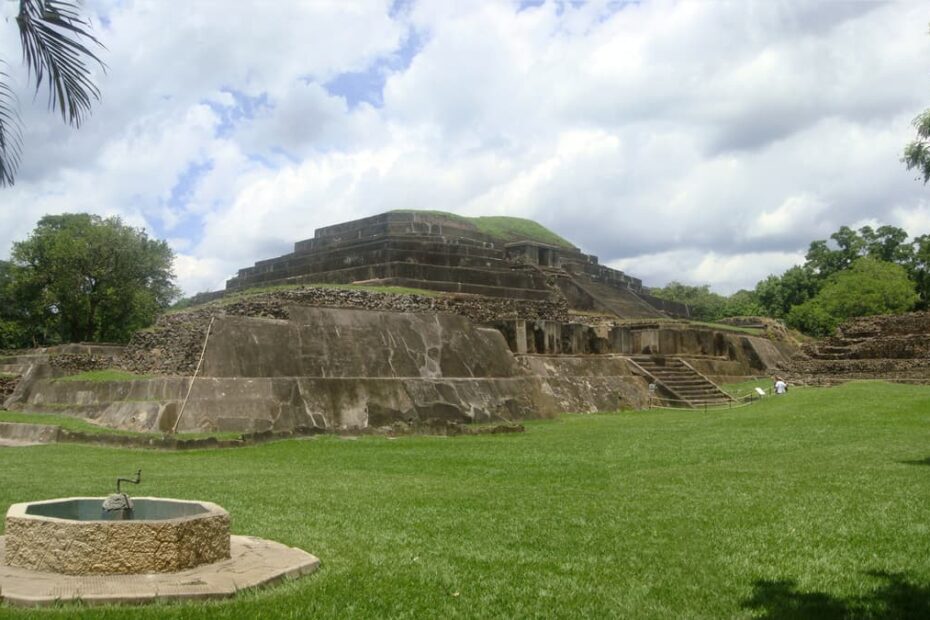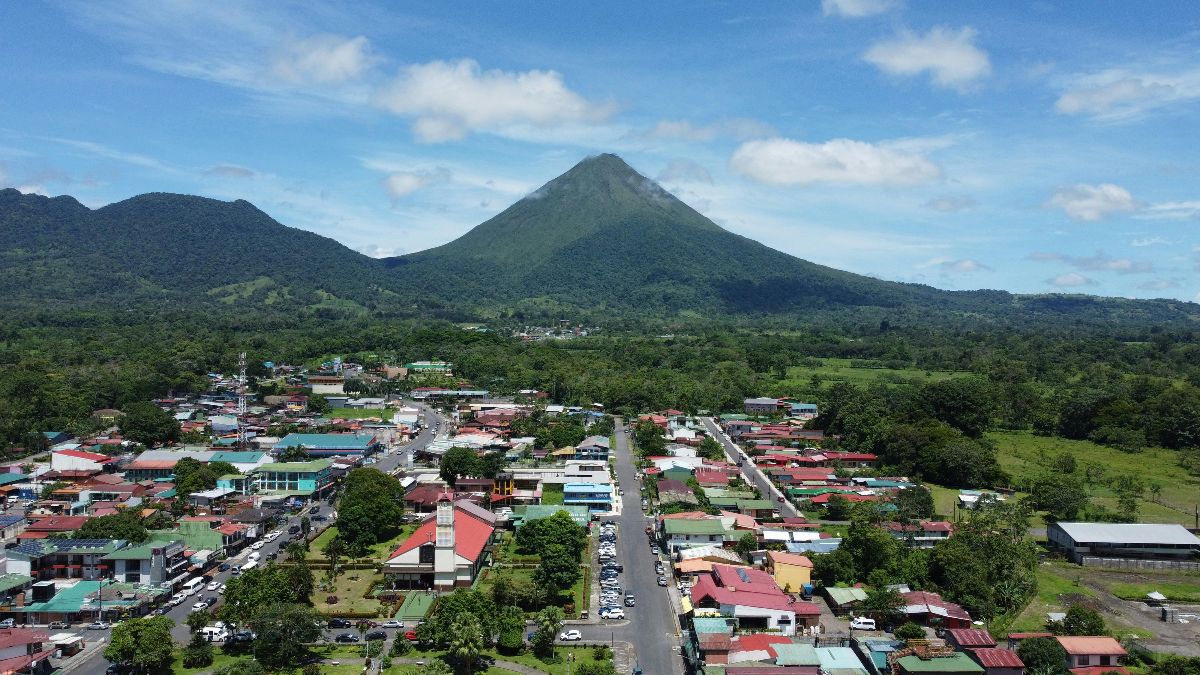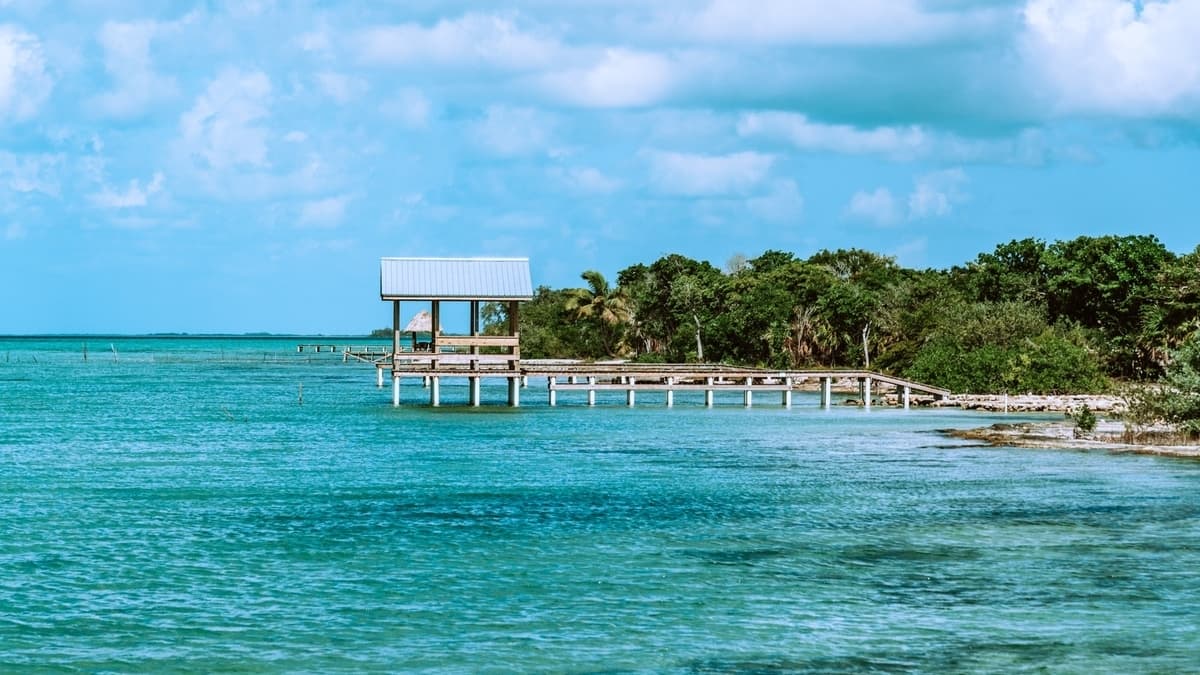Although Guatemala, Belize, and Honduras are far more famous for their pre-Colombian sites, history lovers shouldn’t rule out El Salvador. Blogger Eddie Galdamez offers a quick outline of his four favorite archeological sites in El Salvador.
When people think about archaeological sites in Central America, El Salvador is rarely the first name that comes up. Guatemala, Belize, and Honduras are far more famous for their Mayan ruins, and in scale, their sites are hard to match. Guatemala and Honduras have Tikal and Copán respectively while Belize has Xunantunich, and they tend to dominate for scale and fame. El Salvador’s sites are smaller, but they’re easy to reach and explore, and reveal a side of history that is no less compelling.
I’ve visited most of the major ruins here and four sites really stand out to me. I like these places not because they’re the biggest or most elaborate, but because they combine history, atmosphere, and accessibility in a way that works for real-world travel. These are my favorite archeological sites in El Salvador:
1. Joya de Cerén – “Pompeii of the Americas”
Location: La Libertad Department, about 36 km northwest of San Salvador
Joya de Cerén isn’t about temples or monumental plazas. It’s a farming village that was buried by the eruption of the Loma Caldera volcano in the 7th century AD. The ash preserved homes, storehouses, workshops, and even the layout of manioc fields. That level of preservation is rare anywhere, but especially for a site showing everyday life instead of elite culture.
Around 18 structures have been excavated, including a sweat bath used for ceremonial purposes. Archaeologists consider this the earliest evidence of manioc cultivation in the Americas. As a visitor, you can walk through the excavated areas, see original walls built from earth, and understand how people here worked, cooked, and farmed.
Recognized as a UNESCO World Heritage Site in 1993, the park has an interpretive center, trails, and guides who can explain details you’d miss on your own. It’s compact and easy to navigate — a site you can experience in less than an hour without feeling like you’ve rushed.
View this post on Instagram
2. Tazumal – The Tallest Pyramid in El Salvador
Location: Chalchuapa, Santa Ana Department, about 80 km from San Salvador
Tazumal is the country’s most striking archaeological structure: a 24-meter-high pyramid set in a grassy park. This was a major ceremonial and trading center occupied from around 1200 BC through to AD 1200, with its peak between AD 250 and 900 during the height of the Classic Maya period.
Excavations have revealed tombs holding over 100 ceramic vessels, jade jewelry, pyrite mirrors, and early examples of metalwork. The “Stone of the Victories,” a carved monolith with Olmec influence dated to 700 BC, adds another layer of historical complexity.
Today, Tazumal is easy to combine with nearby sites in the Chalchuapa archaeological zone such as Casa Blanca and El Trapiche. The small on-site museum helps explain the city’s connections with other Mesoamerican centers including Teotihuacan, Kaminaljuyu, and Chichen Itza.
View this post on Instagram
3. San Andrés – A Political and Commercial Center
Location: La Libertad Department, about 5 km from Joya de Cerén
Set in the fertile Zapotitán Valley, San Andrés was a regional capital between AD 600 and 900. The main acropolis holds pyramids, elite residences, and a distinctive bell-shaped structure called “La Campana.” The large northern plaza likely served as a market space, showing the city’s economic role alongside its ceremonial functions.
Construction here mixed adobe brick with volcanic tuff stone, and the design reflects influence from sites as far away as Copán in Honduras and Teotihuacan in Mexico. The surrounding area was home to farming communities growing staple crops such as corn and beans.
San Andrés also has a colonial chapter: after the Spanish conquest, parts of the site became an indigo plantation. The remains of that production area are still visible, adding another layer to the visit. A small museum and the ability to climb certain structures make this one of the more hands-on archaeological parks.
View this post on Instagram
4. Cihuatán – The Largest Site in the Country
Location: Near Aguilares, Cuscatlán Department, about 30 km north of San Salvador
Cihuatán covers around 300 hectares and dates to the Early Postclassic period, after the decline of the great Classic Maya cities. Its foundation may have been a response to shifting trade routes and political power in the region.
The site includes two ceremonial centers, multiple pyramids, large ball courts, and residential compounds with workshops and storage areas. Archaeologists found obsidian tools in production, evidence of long-distance trade, and the remains of a large ceramic statue of the deity Xipe Totec.
The city’s end was violent. Around AD 1100, a fire destroyed large parts of Cihuatán, and spear and arrow points found in the burnt layers suggest an attack. Survivors appear to have fled, and the site was never reoccupied. Today, Cihuatán is a national park with walking trails, a small museum, and guided tours available on site.
View this post on Instagram
Other Notable Sites
While these four are my favorite archeological sites in El Salvador, there are other locations worth including if you have the time:
- Casa Blanca: Part of Chalchuapa’s archaeological zone, with Late Preclassic structures, Maya stelae, and an indigo dye workshop that demonstrates traditional techniques still used today.
- San Isidro: A smaller site in Sonsonate with recent discoveries of articulated ceramic figurines from around 400 BC, possibly used in rituals.
- El Trapiche: Also near Chalchuapa, known for a large pyramid base that may be the biggest in the country.
- Quelepa: In eastern El Salvador, less visited but significant for its links to both Maya and Lenca cultures.
Visiting Advice
Short distances between sites make it possible to see more than one in a day. Joya de Cerén and San Andrés can be visited together in half a day, while Tazumal and Casa Blanca fit into a single trip to Santa Ana Department. Cihuatán is often combined with a visit to the nearby town of Suchitoto.
Entrance fees are modest. Guides are available and can provide useful context. The dry season from November to April is the most comfortable time for visiting, but the sites are open year‑round.
FAQs
Why is Joya de Cerén called the “Pompeii of the Americas”? Because the 7th‑century Loma Caldera eruption buried the village in ash so quickly and completely that its buildings, tools, and even crops were preserved in place, much like the Roman city of Pompeii.
What makes Tazumal different from other sites in El Salvador? Its 24‑metre central pyramid is the tallest known pre‑Hispanic structure in the country, and it has yielded a wide range of artefacts including early metalwork and the Olmec‑influenced Stone of the Victories.
Was San Andrés only a ceremonial centre? No. Archaeological evidence suggests a mix of political, ceremonial, and commercial activities. The large northern plaza likely functioned as a market, and the site was later used for indigo production during the colonial era.
How large is Cihuatán compared to other sites? At about 300 hectares, it is the largest known pre‑Columbian settlement in El Salvador and contains two ceremonial centres, multiple pyramids, and large residential zones.
Are there any connections between these sites? Yes. For example, Joya de Cerén and San Andrés are located in the same valley and may have been part of the same cultural and trade network. Tazumal and Cihuatán both show influence from other regions of Mesoamerica.
Which site is best for understanding everyday life in the past? Joya de Cerén offers the clearest view of daily life as it preserves the homes, workspaces, and crop fields of ordinary inhabitants, rather than solely elite or ceremonial structures.
Eddie Galdamez is a Salvadoran blogger and web designer who loves writing about his country. His favorite topics include tourism, politics, culture, and overall life in El Salvador. He runs El Salvador Info, a blog about all things El Salvador.




